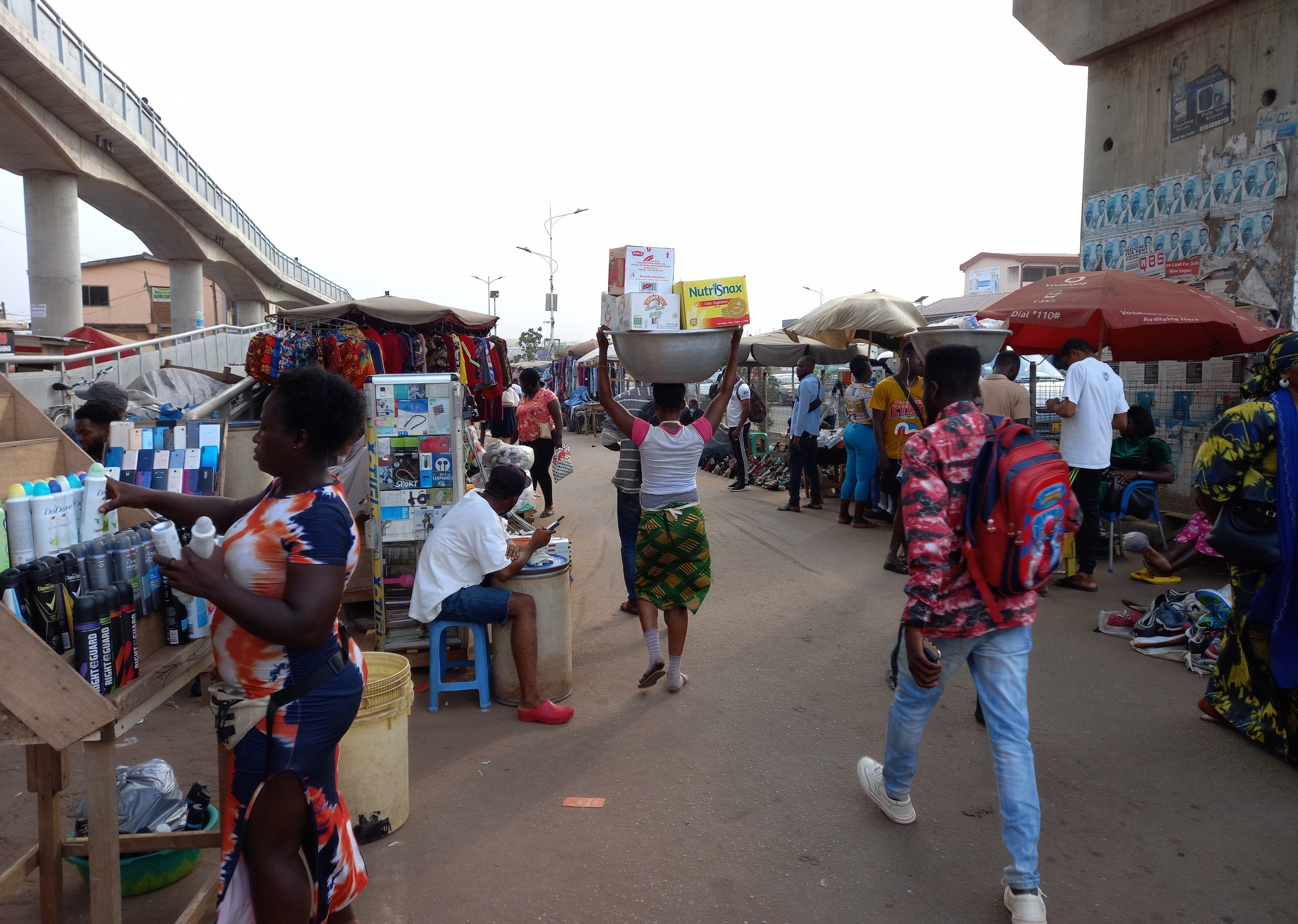Agricultural commercialisation and rural employment

Written by: Fred Dzanku
The seasonal nature of agricultural production under rainfed conditions in most parts of rural Ghana, as in other sub-Saharan countries, makes employment in small-scale agriculture alone inadequate for improving the wellbeing of most rural households. Boosting commercial agriculture could be the key to generating employment – not only within agriculture but also in the non-agricultural sector due to linkages between the farm and non-farm economy. Within this context, this blog reflects on the findings of APRA Working Paper 92, and addresses the following questions: What is the association between agricultural commercialisation and rural employment? What are the returns to agricultural employment in a high agriculture commercialisation zone, and how does it compare with non-agricultural employment? Are farm and non-farm employment counterparts or competitors in a high agriculture commercialisation zone?
Our study looked at commercial agricultural households in south-western Ghana between 2017 and 2019 using panel surveys and qualitative interviews. A key finding from this research was that, in spite of inefficient food markets – whereby high temporal and spatial transaction costs lead to high food price volatility and negative impacts on household welfare – farmers in the oil-palm belt of south-western Ghana are not afraid to risk dedicating most of their land and farm labour to the production of non-food items, such as oil palm and cocoa. For instance, our study found that, on average, 76% of farmer’s land and over 80% of household members were involved in the commercial agricultural enterprise – often the production of such non-food items, which have to be traded in order to procure food.
Under-employment in agriculture
Undoubtedly, increasing agricultural commercialisation implies increased market participation; thus, resulting in higher demand for production factors, including labour. Yet, despite households’ high orientation towards commercial agriculture, farming alone does not provide full employment for most working-age household members. Our findings show that farmers only worked about 61 days per year on the farm, on average, indicating the presence of underemployment if agriculture were the only source of rural employment. This suggests that non-farm activities are important for generating employment among rural workers. Additionally, we find that even among highly-commercialised farm households, non-crop income constitutes more than half of total household income, with off-farm accounting for the bulk of non-crop income. More so, rural off-farm employment accounts for the bulk of the observed differences in household incomes among households.
Returns to agricultural and non-agricultural employment
Returns to farm labour were about US$2,000 per worker, and increased by 12% between 2017 and 2019. While these average returns equated to well above the yearly international poverty line of around US$694, one-third of farm workers achieved returns below the international poverty line, showing high levels of inequality in the distribution of returns. What about returns to non-farm employment? It is important to recognise that 45% of households in our study did not earn any income from the supply of labour to rural non-farm employment activities, but rural off-farm employment accounted for 28% of household income. That said, returns to rural non-farm employment – even in the high agricultural commercialisation zone – were nearly 1.5 times the returns to on-farm work.
Farm and non-farm employment: Counterparts or competitors?
Farmers in rural Ghana rarely have access to any agricultural credit, particularly formal credit. They have to finance their farm production activities using income from crop sales and/or off-farm income. In general, however, households that have high levels of crop commercialisation tend to rely less on rural off-farm employment, suggesting that the two activities generally compete. Rural off-farm employment was also found to be more important for households at lower levels of commercialisation than for those at higher levels of the commercialisation distribution.
Reflections for policymakers and practitioners
Our findings highlight certain relationships between agricultural commercialisation and rural unemployment in southwestern Ghana, and indicate key recommendations for policy and development practice. First, rather than exclusively focusing on handouts to farmers, such as purchase input subsidies, we propose that increasing the development of more inclusive infrastructural improvements in rural transport and oil palm processing would bolster smallholder participation in rewarding oil palm commercialisation channels, and potentially yield better household welfare outcomes. Encouragingly, Ghana’s 2022 budget statement and economic policy has facilities that could be harnessed for such welfare-enhancing initiatives.
Furthermore, we suggest that development policies and practices aimed at rural transformation need not focus exclusively on agriculture, but should also pay critical attention to addressing entry barriers to rural off-farm employment such lack of credit, poor road infrastructure and entrepreneurship training. This will be essential for improving rural livelihood outcomes – particularly given the evidence that farming does not provide full employment even among the highly commercialised farm households.
Photo credit: Louis Hodey
